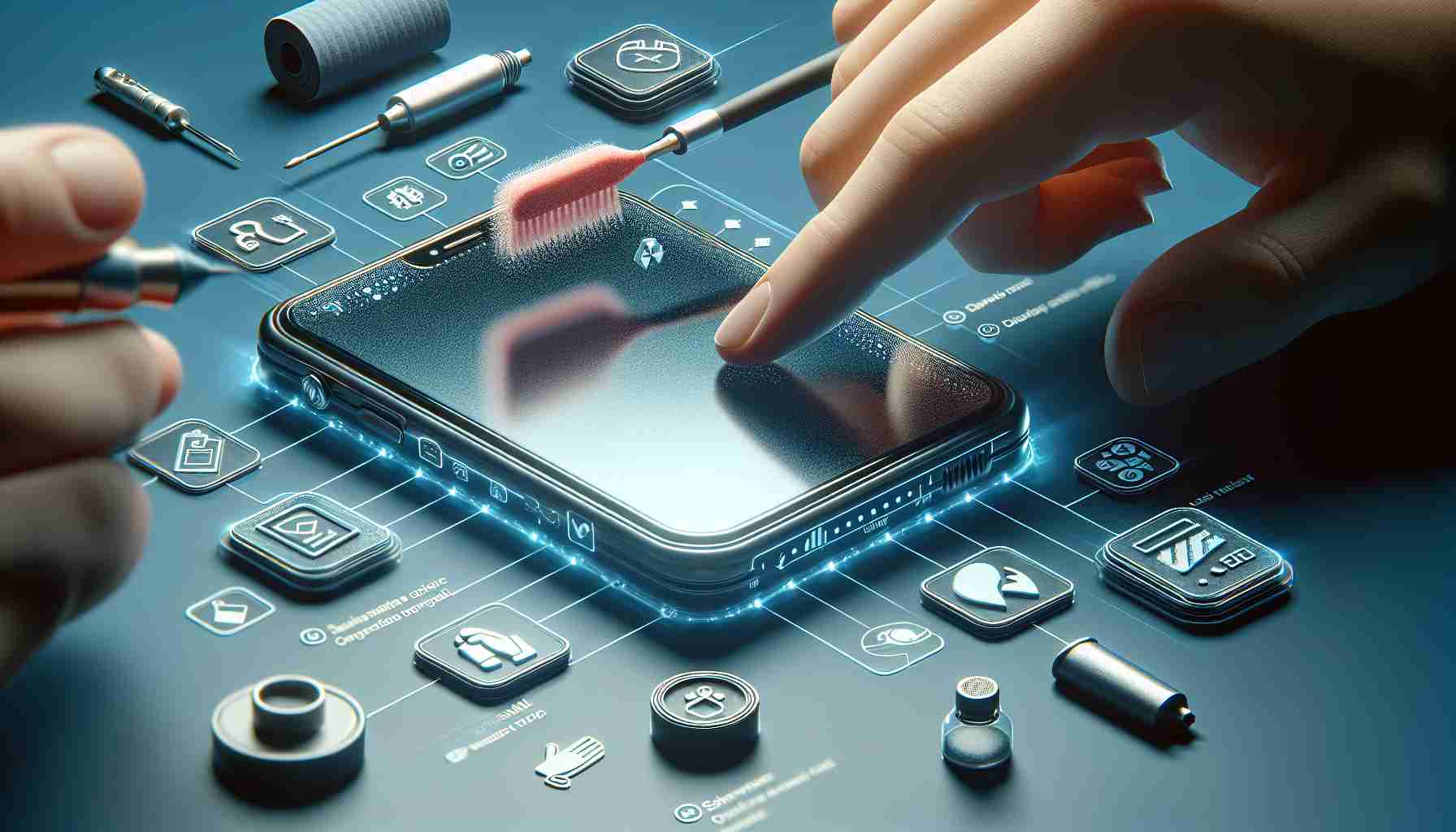Ensuring that mobile devices such as smartphones remain operational over an extended period has its challenges. On average, these devices are designed to have a reliable lifespan of 3 to 5 years. Despite this, it’s not uncommon for some users to experience functionality well beyond a decade, while others may encounter malfunctions just months after purchase. To keep these essential gadgets in top condition, users should avoid common, yet impactful, mistakes.
Avoiding Battery Mismanagement
One critical mistake that can hinder a smartphone’s longevity is improper charging. Letting the battery completely drain to 0% followed by charging it to 100% overnight exerts undue stress on the battery. Moderation is key; it is beneficial to maintain battery life by charging typically from 20% to 80%.
Refrain from Using While Charging
The temptation to use the smartphone while it’s charging can also compromise the health of the battery. It’s recommended that users allow their devices to rest and recharge without interference for optimal battery maintenance.
Limiting Unnecessary Apps
Overburdening the device with an excess of apps can cause the device to malfunction and decrease its performance. This includes real-time resource-intensive applications like mobile games, which should be kept to a minimum.
Manage Wireless Connectivity Wisely
Persistent use of wireless technologies such as Wi-Fi, Bluetooth, and GPS can drain the battery rapidly; switching these features on only when necessary can help conserve battery life.
Environmental Considerations
Mobile devices are also sensitive to extreme temperatures and prolonged exposure to sunlight, and operating them under these conditions can negatively influence their performance.
By adhering to these simple usage guidelines, you can extend the service life of your mobile devices and maintain their efficiency for years to come. Remember, taking care of your device is as critical as the device’s role in today’s connected world.
Most Important Questions and Answers:
Q1: Why should you not let your smartphone’s battery completely drain?
A1: Allowing the battery to drain completely can put undue stress on it. Lithium-ion batteries, which are commonly used in smartphones, have a limited number of charge cycles. Draining the battery completely before recharging can hasten the deterioration of these cycles.
Q2: How does using a smartphone while charging affect the battery?
A2: Using a smartphone while charging can generate additional heat and stress the battery. This can lead to reduced battery maintenance and potentially cause long-term damage to the battery’s health.
Q3: Why should the number of apps on a smartphone be managed?
A3: Having too many apps, especially resource-intensive ones, can slow down the smartphone and cause system resources to be overused. This can lead to reduced performance and overheating, which negatively impacts the lifespan of the device.
Q4: How can wireless connectivity impact battery life?
A4: Features like Wi-Fi, Bluetooth, and GPS consume significant power and can lead to quick battery drainage. By only enabling these services when necessary, users can conserve battery life and extend the lifespan of the device.
Key Challenges and Controversies:
– Balancing Performance and Longevity: Users often struggle to find a balance between maximizing the performance of their smartphone and maintaining practices that prolong its lifespan.
– Debates Over Charging Techniques: There is ongoing debate about the best practices for battery charging and whether newer technologies have reduced the relevance of traditional advice.
– Planned Obsolescence: Manufacturers may design smartphones to last for a specific period, encouraging consumers to upgrade frequently. This practice is a topic of controversy as it can conflict with the desire to maximize the device’s lifespan.
Advantages and Disadvantages:
Advantages:
– Saves money by reducing the need for frequent replacements or repairs.
– Environmentally beneficial as it reduces waste and the demand for resources needed to manufacture new devices.
Disadvantages:
– Older smartphones may not support the latest software updates or apps, leading to compatibility issues.
– Trying to extend the lifespan of a smartphone can sometimes lead to diminished user experience due to outdated hardware.
For additional tips and best practices on maintaining your smartphone, you can visit reputable technology news and advice domains. Ensure to check these domains for valid and updated content:
Remember to always verify the URL before visiting any suggested links to ensure they are legitimate resources.
The source of the article is from the blog maltemoney.com.br
